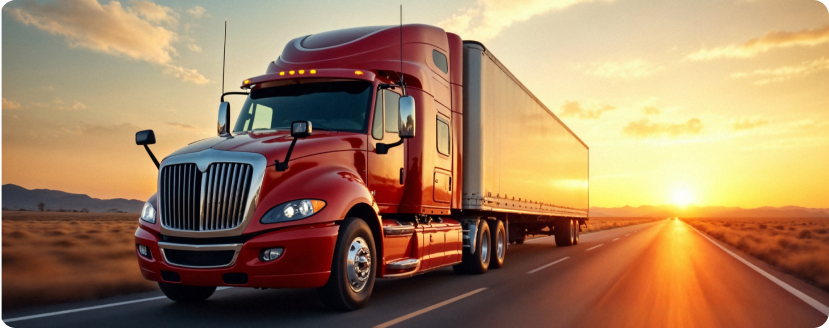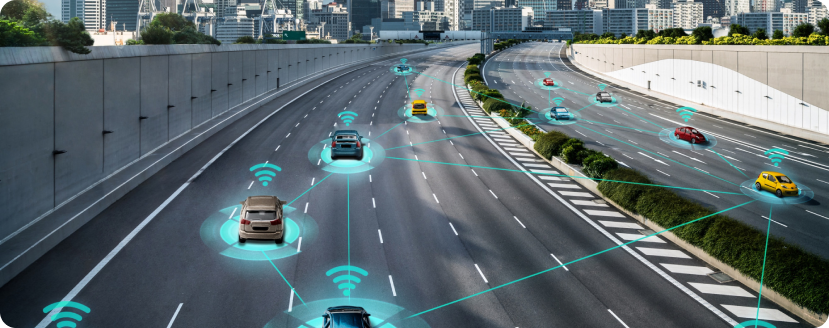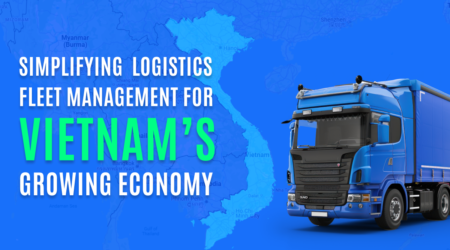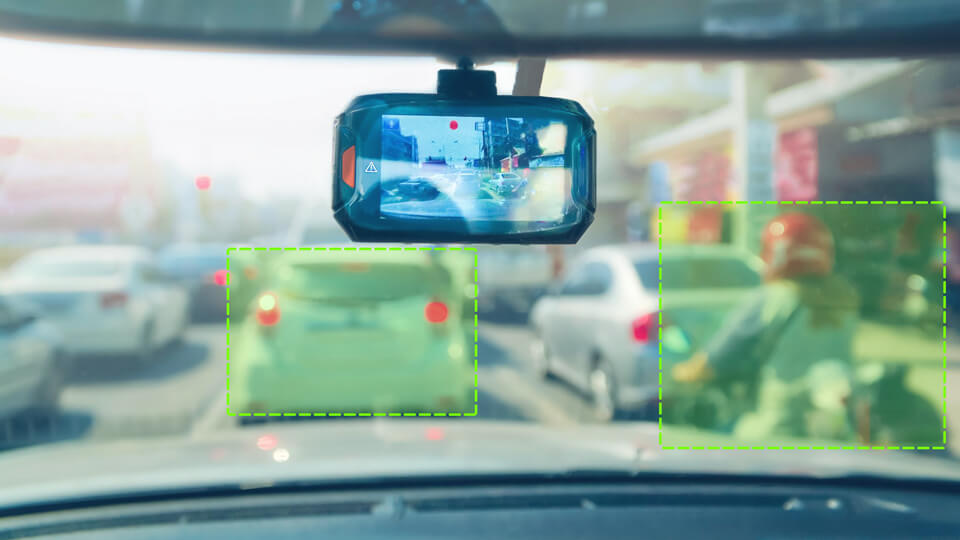
What are dashcams?
In-fleet connectivity and advanced driver assistance technologies have enhanced the utility of dashcams—making them more accessible and user-friendly than ever. Dashcams or dashboard cameras are video recording devices mounted on the dashboards of commercial fleets. Although to be fair, they are quickly gaining a lot of popularity in the private vehicle market.
How can AI make dashcams better?
AI dashcams offer more to the users than the simple recording of road events. They can capture high-definition videos of critical moments like head-on collisions, rear-view collisions, and near misses. Events like these trigger notifications and the violation snapshots are uploaded onto the cloud for review. Just minutes after a road accident or driving violation, fleet managers can access video evidence and find out who’s really to blame for a road accident. With in-cab coaching, driver alertness monitoring, and risk detection, AI-based dashcams can greatly reduce the probability of accidents. AI dash-cams collect contextual data that can be churned into rich driving insights. So, raise the standard of your fleet safety with AI dashcams!
Dashcam Types
Dash-cams can point towards the road, like the front, back, or sides, or they can face the driver. Road-facing dash cams assist fleet managers in studying traffic and driving habits. Meanwhile, driver-facing or in-fleet dashcams can monitor distracted drivers and warn them instantly. In summary, these dashcams reduce the risk of accidents and aid drivers in safe navigation. Here’s a brief overview:
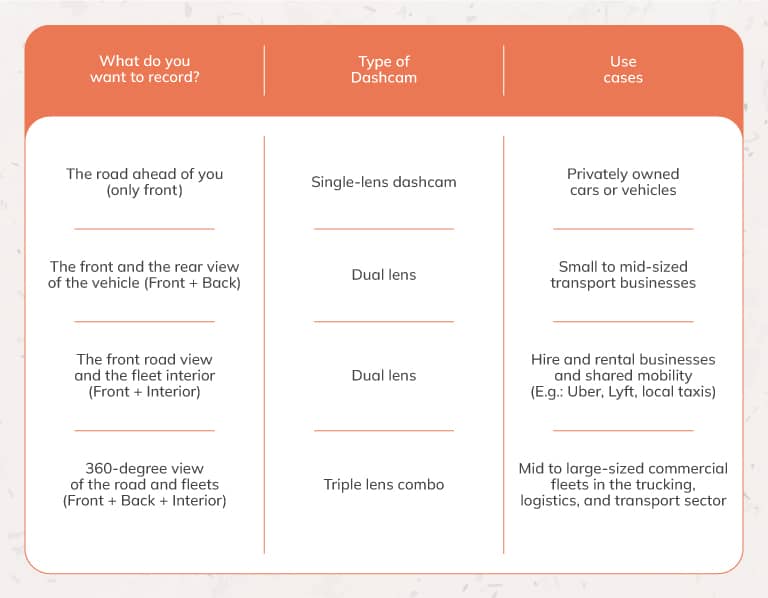
In addition to the angle of recording, you’ll find a wide range of dashcams based on the following:
- Size (discreet dashcams or visible dashcams)
- Cloud compatibility
- Storage and Memory cards
- Video quality
- GPS logging
- Audio recording
Clearly, there is no one-size-fits-all solution when it comes to getting a dashcam. It is often a good idea to determine your business pain points before choosing a dashcam.
History of Dashcams
Dashcams didn’t always be as indispensable as they are today. Just a few decades ago, the scope of application of these windshield cameras was limited to the law enforcement sector. The police patrol vans of the United States, in the late 1930s, used dash-cams to record traffic road violaters. Early dash-cams were bulky, expensive, and had poor video resolutions. The captured footage was stored through VHS cassettes which made it inconvenient to track historical videos.
Modern AI dash cameras have seen significant advancements since countries like Russia and the UK required dash cameras for business vehicle fleets. In the early 2000s, fraudulent insurance claims increased dramatically. With fake accidents occurring on the roads, individual car owners had to pay substantial sums of money for legal settlements and monthly insurance costs. Consequently, dash cameras swiftly became a crucial tool to combat deceitful claims and deter car damage, including theft.
Legalities around dashcams
Are dash-cams legal? What about driver privacy? As dashcams continue to become increasingly popular, familiarizing yourself with legal ramifications is a good idea.
- All dash-cams that record personal audio and video should be GDPR compliant. So, if you are an organization that records its drivers, you need to make sure that you’re complying with data protection laws and handling PII (personally identifiable information) carefully.
- There are strict laws that prohibit the obstruction of drivers’ view of the road because of dashcams. When installing a dashcam, make sure that it doesn’t hinder driving operations.
- If your dashcam records an accident or a crime, the police department investigating the case may access your dashcam recordings. These recordings prove to be valuable testimony in a court of law.
- In some countries, dashcam recordings may conflict with other types of surveillance laws. You may need written approval from the drivers as well as the in-fleet passengers before being recorded. Laws are subject to change based on geography and the industry of your operation. It is always a good idea to double-check country-wise laws before installing a dashcam.
How did AI dashcams become a necessity?
1. Driver Safety
Fleet managers are quickly realizing that road collisions are not just a safety issue, but a financial one too. Collisions on the road can spike your insurance premiums, maintenance costs, and post-repair charges. Needless to point out that when you gamble against safety, you risk lives. Smart Dashcams can predict road collisions, alert drivers, and provide real-time coaching. Not only does this help reduce the risk of fatality, but increases on-road visibility.
2. Irrefutable Evidence
Dash-cams provide insights and record moments leading up to a road accident. Not only can organizations use dashcam video footage to contest false insurance claims, but also for live driver coaching sessions. Smart dash-cams record as soon as you turn on the engine—so if you run into any problems, you’ll always have proof at your fingertips.
3. Compliance and Economy
Modern dash cams are equipped with features like lane departure warnings, speed limit monitoring, pedestrian crossing alert, forward collision or tailgating warnings, gesture control, and more. These features aid drivers and help them make smarter decisions on the road. With the help of smart dash-cams, drivers will be able to stick to safety regulations. By doing so, they make fleets safer and more economical.
